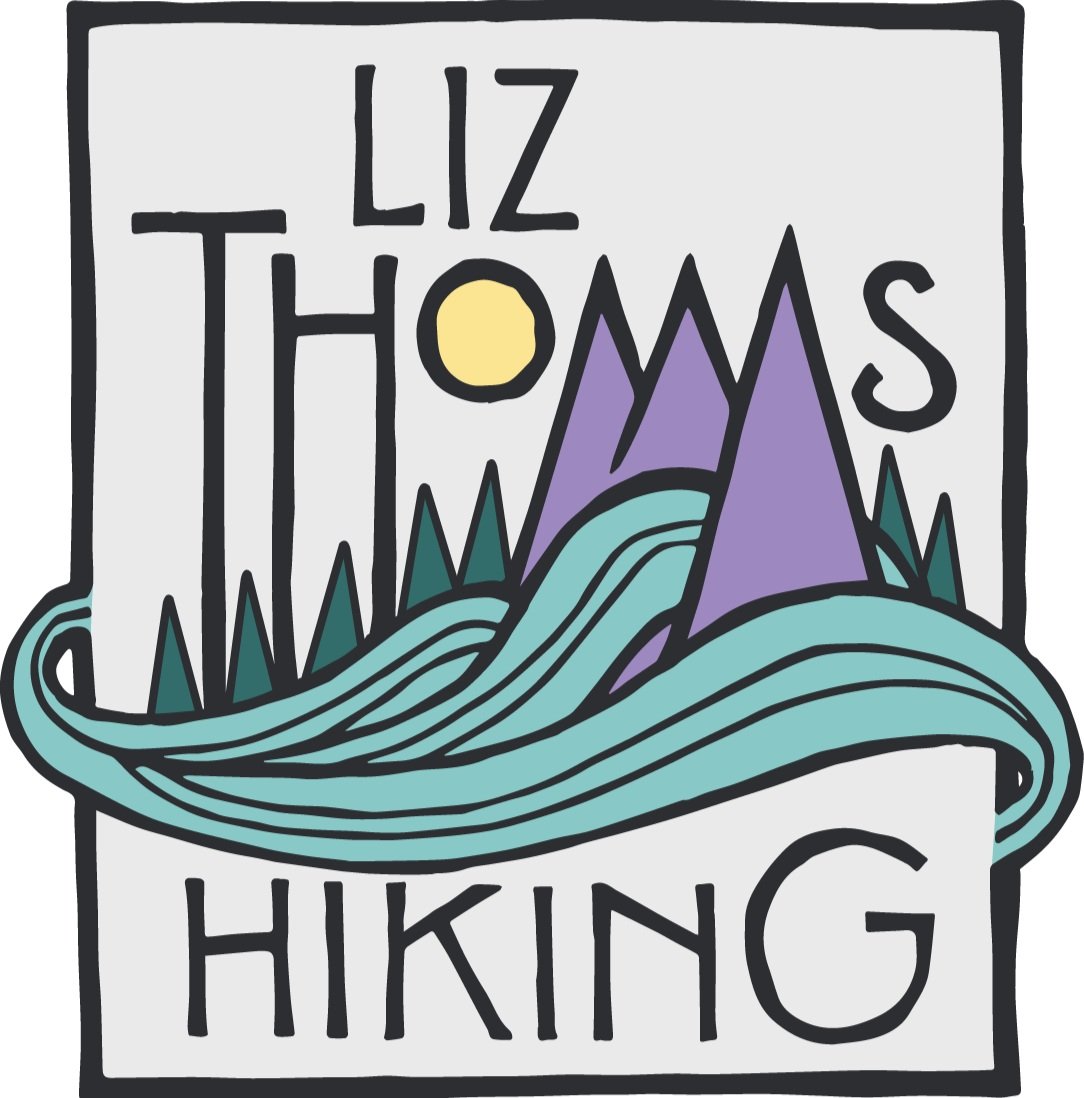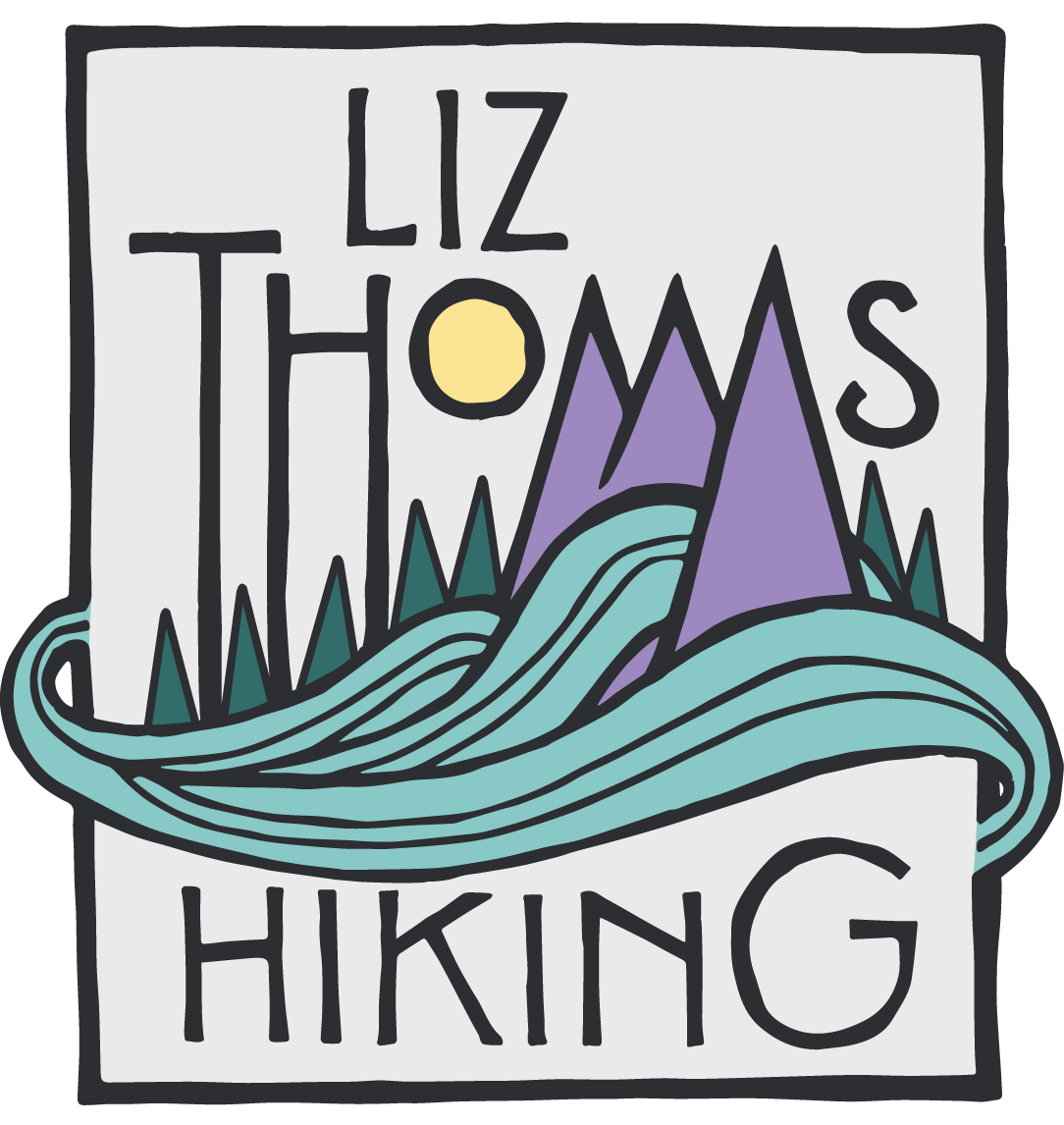What Going for a Personal Record can Teach You
Setting a PR requires getting early starts, but I was stoked to see the Tahoe at such a beautiful time of day
Getting out into the backcountry is not always as easy as it sounds. Between finding enough vacation time, getting permits, and bringing together the resources necessary for a trip, most hikers view each destination they visit as a once-in-a-lifetime adventure. It is a rare surprise, then, to have an opportunity to repeat a long outing. This June, I was fortunate enough to do the 165-(ish) mile long Tahoe Rim Trail (TRT) for the second time. In 2007, this loop hike around Lake Tahoe was my first end-to-end long hike ever. It was the trail that inspired me to live the hiking life. Yet my first trip on the TRT was also a blistered and painful introduction to long distance backpacking. This year, my goal in re-doing the TRT was one of personal growth—I wanted to use the trail as a gauge to discover how much I have learned in eight seasons of long distance adventuring and to see if I could hike it better.
I set off on the TRT to beat my personal record. By “personal record,” though, I had more in mind than what could be measured by a stopwatch. I wanted to hike faster, but also more comfortably. While I was on trail, I developed this spreadsheet to consciously measure my development as a long distance hiker and to evaluate how much I have learned.
Although I had improved skills and better preparation working in my favor for my 2014 hike, this year I also faced several disadvantages. In 2007, I was living and working in the High Sierra directly prior to my hike, so was well-acclimated to physical activity above 8,000 feet. This year, I was coming from a lower elevation and hadn’t been able to put in as many training miles. To add to my challenges, since 2007, the TRT had become even longer, gaining almost 10 miles of trail in order to keep hikers and bikers off of roadways. The distance I would need to trek to complete the loop hike was now even further.
Having better gear makes any trip easier
I started the TRT feeling optimistic and making great time. My body felt strong. Unlike my hike in 2007, the campsite I chose for the first night was flat and I slept well knowing that the way I hung my food to keep it away from bears was actually secure (unlike all my bear hangs in 2007). Yet by my second day, although my body felt comfortable, I knew I was slowing down. The altitude was getting to me. Yet I pushed on, confident that I could work through it and excited to see what else the trail had to show me.
I was stoked to revisit the Granite Chief Wilderness knowing I had the skills to make the best of my hike
On the last day, I knew I would have to hike at night to make my time goal. However, unlike in 2007, the night and all of its unknowns did not scare me. I was energized by how beautiful and enjoyable my trip had been so far. In fact, hiking 20 hours straight became a highlight of my trip. For a few hours, time and space disappeared and I felt one with the mountain, the cliff drop-off on one side not intimidating me, but powering me on.
My preparation paid off and I beat my old time by almost 1/3rd, finishing the trail in sub-100 hours. I ended the trip not only feeling good about my finish time, but also with how I had experienced the trail. By breaking down what skills and knowledge I needed to achieve my goal, and then reflecting on what I’ve learned from other hikes, I created a worksheet to beat my old personal record.
The outdoors is a classroom and every trip you take has something to teach you. Even if you don’t retrace the exact same path, as I did on the TRT, each hike is an opportunity to reflect on what you have learned.






